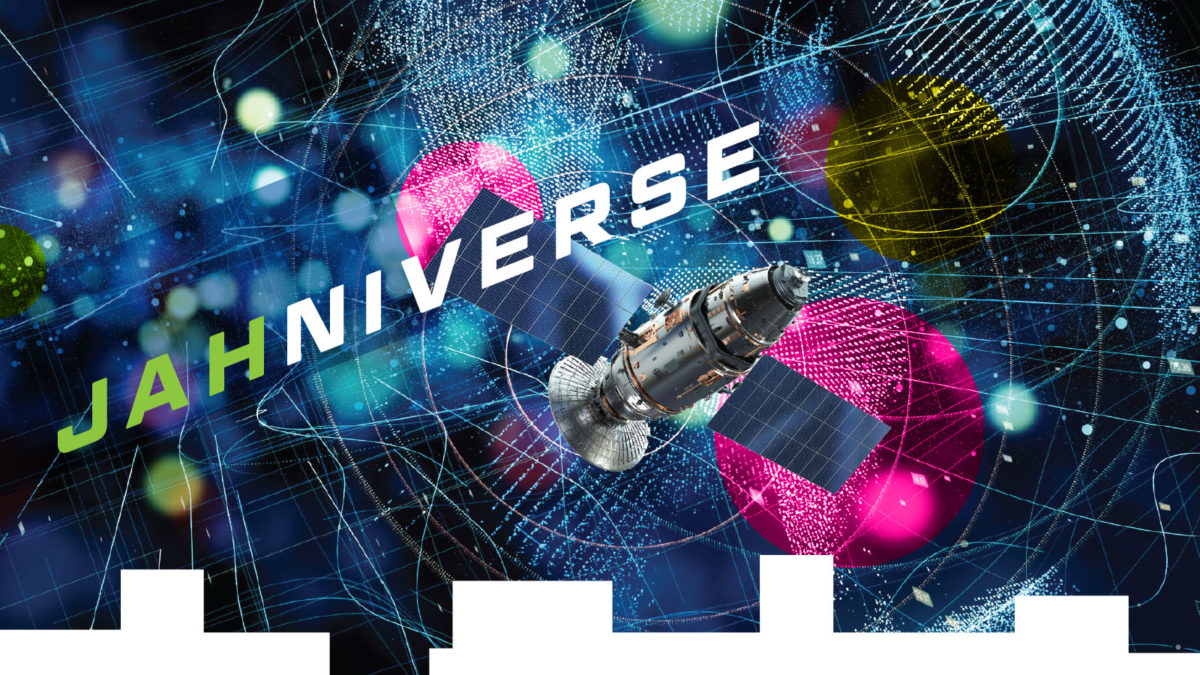Homo sapiens: making us suited for the stars
By Moriba Jah|February/March 2025
Reality has not changed in the years since the space community was jarred by the video of NASA astronaut Drew Feustel struggling to walk after 197 days in orbit: Homo sapiens species are not meant to live in a free-fall environment like orbit or on a lower-gravity body like Mars or the moon. Feustel’s wobbly, tentative steps epitomized the physiological toll that space inflicts on Earth-evolved bodies. No matter how much we dream of inhabiting the moon, Mars or beyond, our biology and evolution have firmly tethered us to our home planet — and that’s OK. Attempting to equip Homo sapiens with life support equipment for long-term survival in space is not just misguided; it is a colossal waste of resources better spent understanding our limitations and preparing for a more realistic future for our species.
The effects of the curvature of space-time that we call gravity have been the ever-present architect of life on Earth for over 4 billion years. Every aspect of our biology, from our cardiovascular and musculoskeletal systems to the very structure of our DNA, is tailored to the resistance of gravity. When our bodies follow space-time geodesics called orbits, these systems unravel. Feustel’s experience is not an isolated case. Scott Kelly, another NASA astronaut, spent 340 days aboard the International Space Station in a mission spanning from 2015 to 2016. He returned with a litany of physiological changes: a 7% loss in body mass, elongated spine, muscle atrophy and fluid redistribution that caused vision problems. Even after rigorous exercise regimens designed to mitigate these effects, astronauts’ bodies require years to recover — and some changes are irreversible.
These are glaring indicators that we humans are fundamentally unfit for environments beyond Earth. Yet, space agencies continue pouring billions into trying to equip our Earth-evolved biology for extraterrestrial survival. This endeavor is like trying to create a self-sustaining fish tank, one that doesn’t require cleaning or other help from outside. It is worth noting that we have failed to create the human equivalent of such a tank on Earth, a planet perfectly suited to our species. Biosphere 2, the infamous 1990s experiment in the Arizona desert, lasted its planned two years but required external intervention to address oxygen depletion and other challenges, proving how complex and delicate life-support systems truly are.
The more recent Crew Health and Performance Exploration Analog mission, or CHAPEA, completed last July at NASA’s Johnson Space Center in Houston, focused on psychological isolation and plant growth in a simulated Martian habitat. However, it did not test the challenges of living in low gravity or attempt a fully closed ecological system. While CHAPEA provided valuable insights, it did not overcome the fundamental ecological and physiological challenges that plagued Biosphere 2.
The misguided obsession with equipping humans to survive forever on other worlds ignores an essential truth: Homo sapiens are not the pinnacle of biological development but a chapter in a much longer story. Evolution is ongoing, and extinction is inevitable for every species. The fossil record shows us this repeatedly. Why should we assume we are the exception?
What if, instead of forcing Homo sapiens to survive where we cannot thrive, we embraced our evolutionary trajectory? As I first wrote about in a 2023 column, we would be better off focusing on the development of a next-generation hominid species that I call Homo machina. This synthesis of Homo sapiens and machines may sound like science fiction, but it’s not centuries away. The first work could begin now. I propose a NASA program of record to fund research and development into human-machine synthesis, focusing on the specific challenges of free-fall environments. Initial milestones could include mechanically augmented systems for astronauts within a decade and fully integrated Homo machina prototypes within 50 years. This transition would be gradual but deliberate, leveraging advancements in artificial intelligence, robotics and biotechnology to create a species that can thrive where Homo sapiens cannot.
The physiological challenges faced by astronauts like Feustel and Kelly should compel the space community to urge reconsideration of the massive investments being funneled into life support techniques for survival on Mars, a theme that seems likely to persist in the era of Elon Musk and President Donald Trump.
Homo machina could transform our approach to space exploration. Replacing our flesh and blood with mechanically augmented limbs, for example, could mitigate muscle wasting and bone loss in free-fall environments. Artificial circulatory systems might prevent fluid redistribution that impairs vision. Reproductive systems could be redesigned or supported by advanced biotechnologies to ensure species continuity in space. This isn’t about patchwork fixes; it’s about reengineering what it means to be human in a way that aligns with the challenges of extraterrestrial environments.
Critics may balk at the idea, citing ethical and philosophical concerns about “tampering” with human biology. These concerns are not without merit but are ultimately shortsighted. Technology has always been an extension of evolution. From the first stone tools to gene editing, we have continually reshaped our relationship with the natural world. We are not separate from the environment or nature. We’re an integral part of it. Homo machina would be the logical next step in this progression — a species designed not to dominate Earth but to peacefully explore and thrive in the universe.
Consider Mars. If you weigh 100 kilograms on Earth, you’ll weigh only 38 kg there. The atmosphere is thin, there is no global magnetic field, and air temperatures swing wildly from 28 degrees Celsius to minus 75 degrees. It’s a death trap for Earth-adapted organisms. Terraforming is a pipe dream requiring millennia, if it is even possible. Why waste resources on such futile pursuits when we could channel them into understanding the impacts of space on Earth-evolved life-forms and preparing for an evolutionary future?
Space exploration is not without merit, but we must be clear-eyed about the biological challenges. Every experiment aboard ISS that documents muscle atrophy, bone loss and fluid shifts is not just data; it is Gaia saying, “I’m your home.” Rather than fighting it, we should learn from it. For some, space exploration is an escapist fantasy, a desire to flee Earth because of how badly we’ve treated it. If you’re keen on taking your one-way trip, please proceed and enjoy.
The path forward is not to abandon space exploration but to reframe it. Let us study the limits of Homo sapiens in extreme environments, not to overcome them artificially but to inform the creation of Homo machina. Our species will not last forever, but the dream of exploring the universe need not perish with us. By relinquishing our anthropocentric hubris and embracing the potential of Homo machina, we can secure a future in which the stars are within our grasp.
Aerospace America publishes a rich variety of opinions relevant to the future of aerospace. The views expressed are those of the author(s) and do not necessarily reflect those of our publisher, AIAA.








